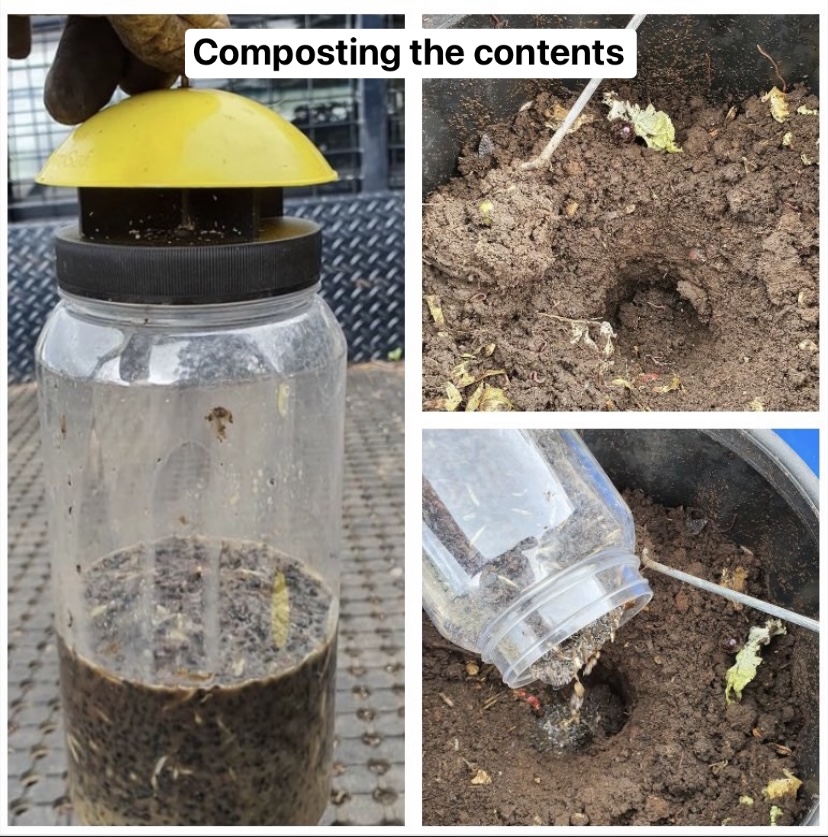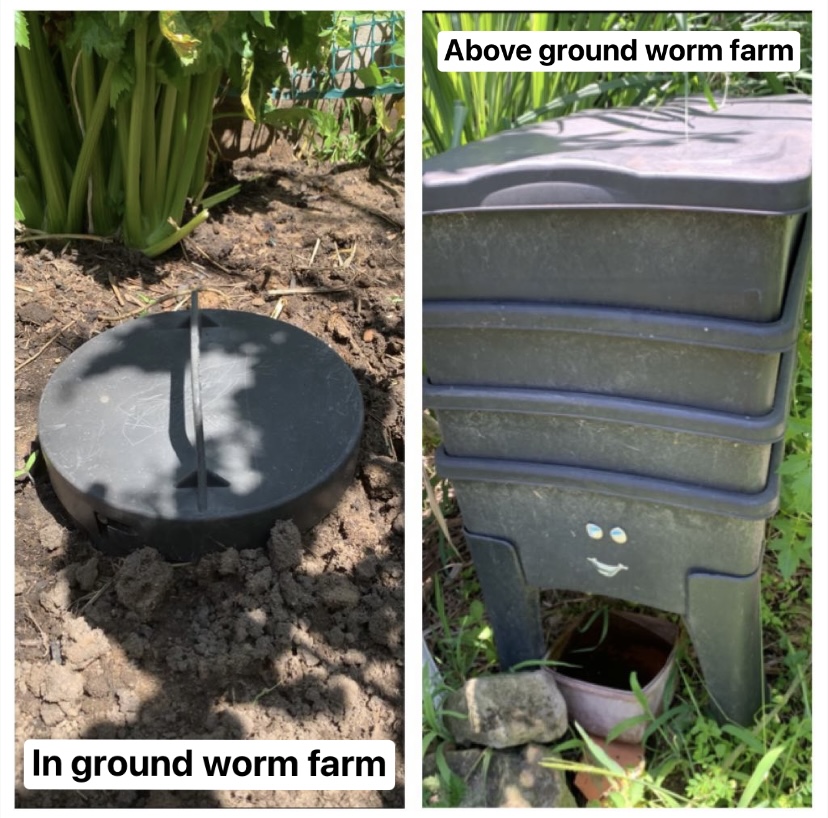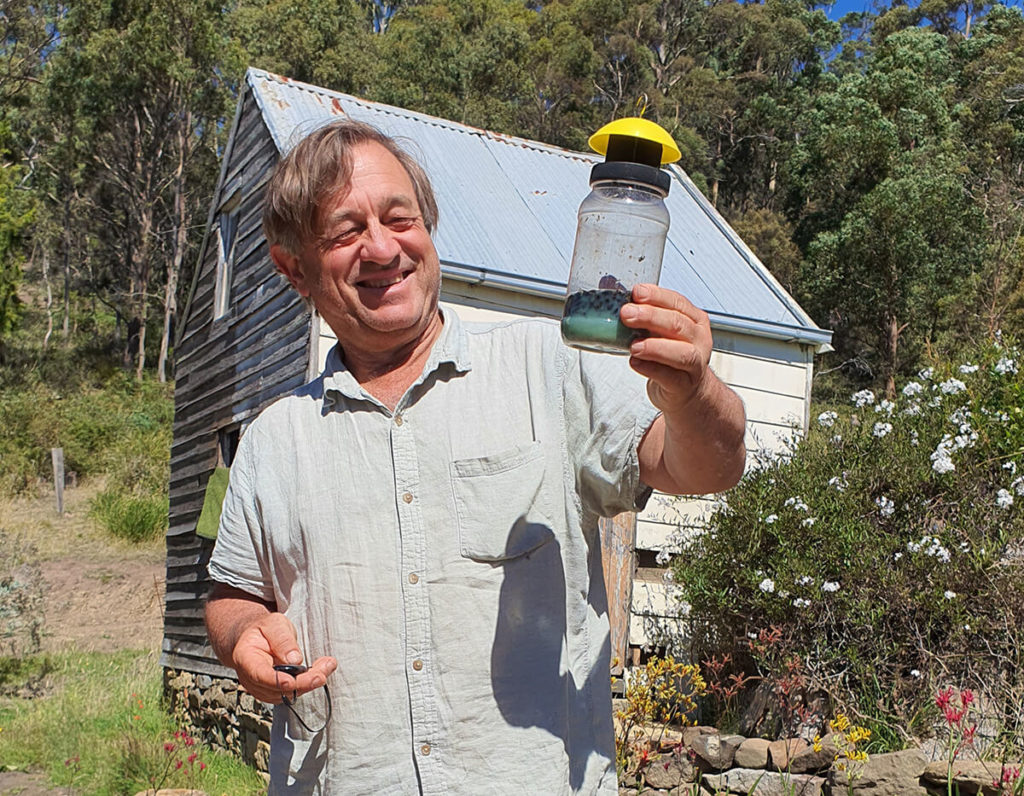Many of us have heard the catchphrase “do the right thing and put it in the
bin.” A catchy jingle was created as a helpful reminder to dispose of
rubbish in a responsible manner “Back To The Earth”. This concept certainly helps our
environment by minimising the amount of waste on the ground or ending up in waterways, but it does not address the ever-growing, ever-present issue of landfill. With the human population on the rise, the impact our species is having on the environment is becoming increasingly evident. Many people are stepping up and seeking out ways to reduce their own personal contributions to this and live more sustainably. There are lots of different ways we can implement this concept without our quality of life being compromised. In fact, you might even find some aspects of life-improving as you practice some of these changes.
As a horticulturist and scientist, I have always had a huge interest in soil
health because of its ability to influence plant growth…soil is a fascinating
substance and also one which can sometimes be underestimated because a
lot of the complexities cannot be seen by the human eye. Just one teaspoon
of soil can contain thousands of living microbes. These tiny, living
microorganisms and also other soil-dwelling critters that we can see, such as worms, insects and fungi, feed off the organic matter contained within the soil.
As they do so, they process it into a more available form, unlocking the
nutrients, which plants use to grow.
Through mass agricultural farming practices and the way we get rid of waste (bag it up and put it to landfill), lots of organic matter is becoming locked up so to speak, rather than being able to return to the earth the way nature intended. When organic matter is contained within a plastic bag and begins to break down, it also creates harmful greenhouse gas. In complete opposition to this, when that organic matter is added to a worm farm, composted or buried, then soil quality is enriched, topsoil is created and those little microorganisms mentioned above can thrive.
Processing your organic waste at home is simple to do. It will benefit your
own garden and also the Earth in so many ways! Composting at home is fun
and like me, you may very well become addicted! I purposefully seek out and select products (such as the Envirosafe Fly Trap) that can be processed at home through my compost and worm farms.
The general rule is, if it was once a living thing, it can be returned to the earth and therefore benefit the soil. Flies are no exception! Though small and tiny, once your Envirosafe fly trap is full, you might be surprised at how much bulk they can create. The bait in the Envirosafe fly trap is made from all natural materials and contains no harmful pesticides or toxins, and is able to be returned to the earth, along with the dead flies, rather than being sent to landfill.
There are three main ways you can get your fly trap contents back to the soil.
The first is to dig a hole and bury the contents. This method of composting is called “trench composting.” This process is perfect for those who do not own a worm farm or compost unit and is beautifully simple to do. I recommend digging the hole at least 30cm or deeper so that when the contents are covered back over with dirt, there is no lingering odour.

The second is to put the contents into a composting unit. If you have a
tumbler, simply tip the contents in and rotate your unit. If you have a free-standing compost, I recommend firstly making a hole into the existing
contents of the compost, then emptying the dead flies into this hole. After a
few days, aerate your compost and this will mix everything through and
encourage it to break down faster.

The third and final method to return the contents of your fly trap contents back to the earth is to dispose of them in a worm farm. You can do this into an above-ground unit or an in-ground worm farm. Empty the dead flies into the worm farm. Along with the contents of the trap, also add a good amount of ripped up corrugated cardboard or shredded paper. This will help deal with any odour caused by the dead flies and will also provide your worms with a good balance of food. After a few days, give everything a good mix around, then let the worms take care of the rest.



